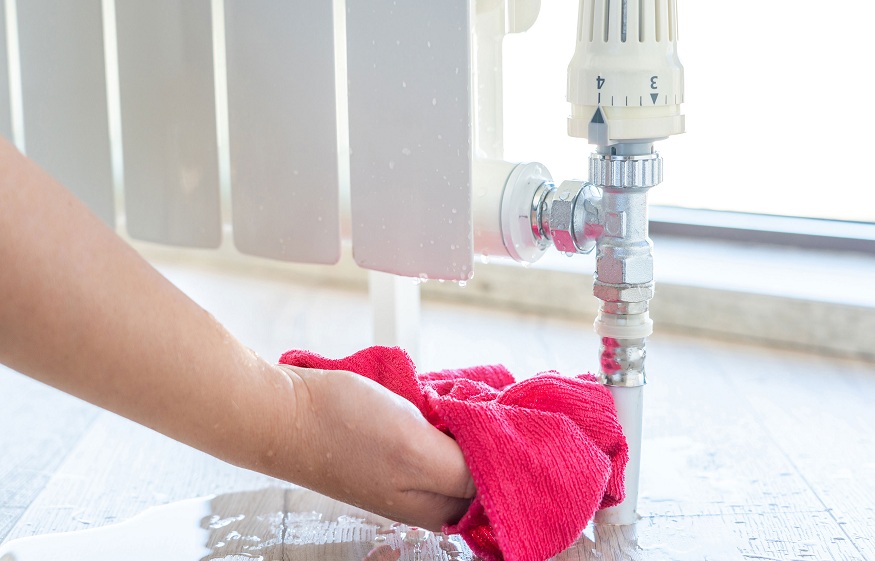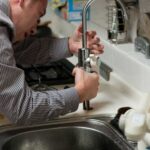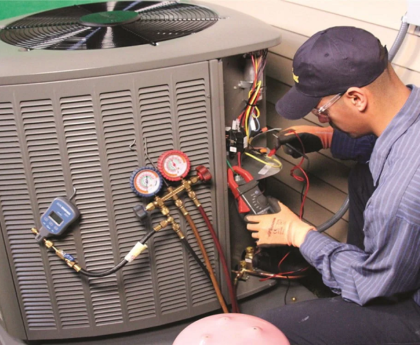Regularly put to the test during the coldest seasons, heaters can sometimes show signs of weakness. But there’s nothing normal about one of your radiators suddenly getting too hot, or not turning off. Is it too hot in your home and your radiators are constantly heating up, even when switched off? We explain why, and especially how to remedy this burning problem.
6 Solutions to Consider When a Radiator Won’t Turn Off
Winter is coming to an end and you notice that the temperature is only increasing in your home? The problem comes from your radiators: they refuse to stop, even though you force their hand? This problem is usually technical , or electronic , but it can also arise from other parameters. Here’s what to do if the situation arises!
Check that your device is not located in a draught.
First of all, be aware that it is recommended never to install a radiator under an air vent or under a CMV .
In the case of a kitchen , the CMV should be set to low speed before starting the heating; the presence of air currents may indeed disturb the detection system of the temperature sensor of the machine, and force it to trigger without need.
Control its power
The recommended installation is 100 W/m², for a ceiling height of 2.50 m. In the event that they are not provided in sufficient numbers , some devices may malfunction if they are not correctly sized for the volume of the accommodation. These therefore never go out, insofar as they are unable to reach the required temperature on their own .
Turn off the power supply to the device
There are many devices equipped with small digital control units , designed to control them more easily or to save energy . However, electrical devices may require resetting to function properly .
If you think this is the case with your radiator, turn off its power at the circuit breaker for about ten minutes, then re -energize the device. This one should recalibrate and no longer get carried away like before!
Rather generic, this recommendation should be considered as a line of research and adapted on a case-by-case basis, depending on the brands, types of devices and their interoperability.
Replace the thermostatic head
When worn too much, thermostatic valves can stop working and break their regulating role . These can also be clogged with impurities stuck to their seat . Dismantle the assembly, clean it and replace it if it is too damaged.
Why won’t my heater turn off?
Different reasons can explain why your radiator refuses to turn off. This problem generally comes from a damaged component (switch, thermostatic valve, power board, etc.),
A switch is damaged
Everyday equipment is not always new, and can sometimes be in high demand over several years. It is therefore not uncommon for their sometimes fragile components to stop working.
This is particularly the case of the small slide switches present on the control panels, which, by dint of being manipulated, can become misaligned or unsoldered and completely disconnect from the rest of the device. To avoid this problem, new devices now have touch-sensitive surfaces.
With MesDépanneurs.fr, take out a heating maintenance contract with a professional near you!
It is not completely closed
It is also possible that your water radiator is not completely closed, its side button must indeed be positioned in the “-” (minus) position. Otherwise, a simple trickle of water may be enough to warm the cast iron of the device. , which continues to give off heat.
Be careful not to turn it too far either, to the point of completely blocking the head , or even completely breaking its regulation system.
The thermostatic valve no longer works
These electronic or mechanical devices (the most common) press on a small rod in charge of regulating the flow : the colder it is, the less the head presses on this rod, and the more the radiator heats up. This can sometimes get stuck and cause the device to overheat . A simple disassembly is enough to solve this malfunction.
The power circuit is faulty
The power board (or electrical board) is a central part of an electrical device . This embeds all the components necessary for managing heating orders and allows the device to regulate its operating periods.
If it fails, the equipment no longer has any marks and has two options: stop completely, or get carried away and overheat. If it is defective, this card must be replaced by a technician with electrical certification.
Your collective heating has not been switched off
Collective heating has a particular operation, insofar as no resident has control of its switching on and off. If your water radiators are still heating at full speed in the spring, contact your trustee to find out the scheduled shutdown date for the heating. The fact that the collective heating is still switched on does not however influence the fact that you can close your devices individually .
The fact that a radiator no longer switches off should not be overlooked . This damage may indeed be benign, but it must deserve your full attention insofar as it is not normal . In some cases, you will have the impression that the problem comes from your equipment, whereas it is only a question of the fact that your collective heating has not been cut off. If in doubt, contact a professional or your co-owners if you are not comfortable in this area!





